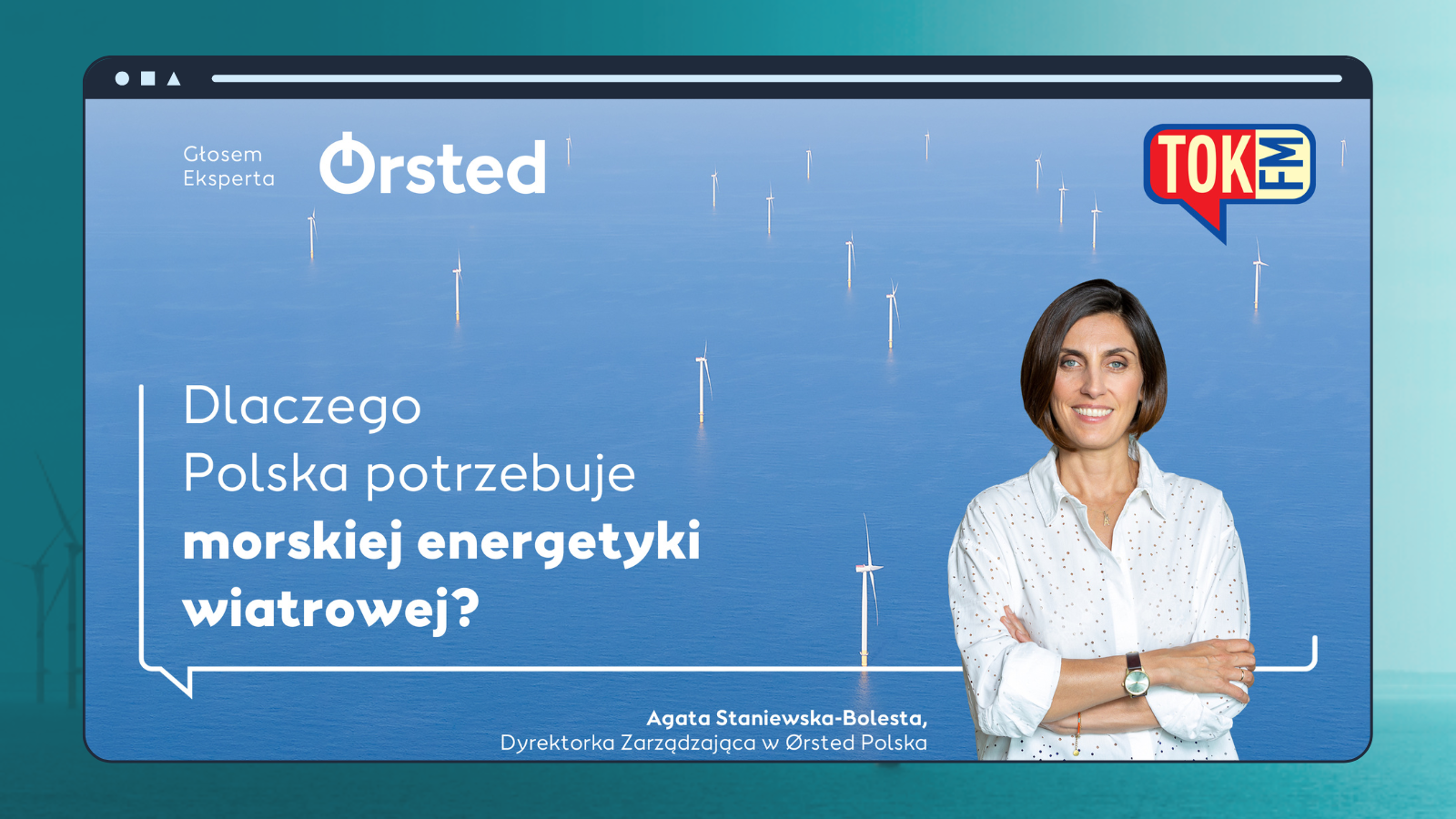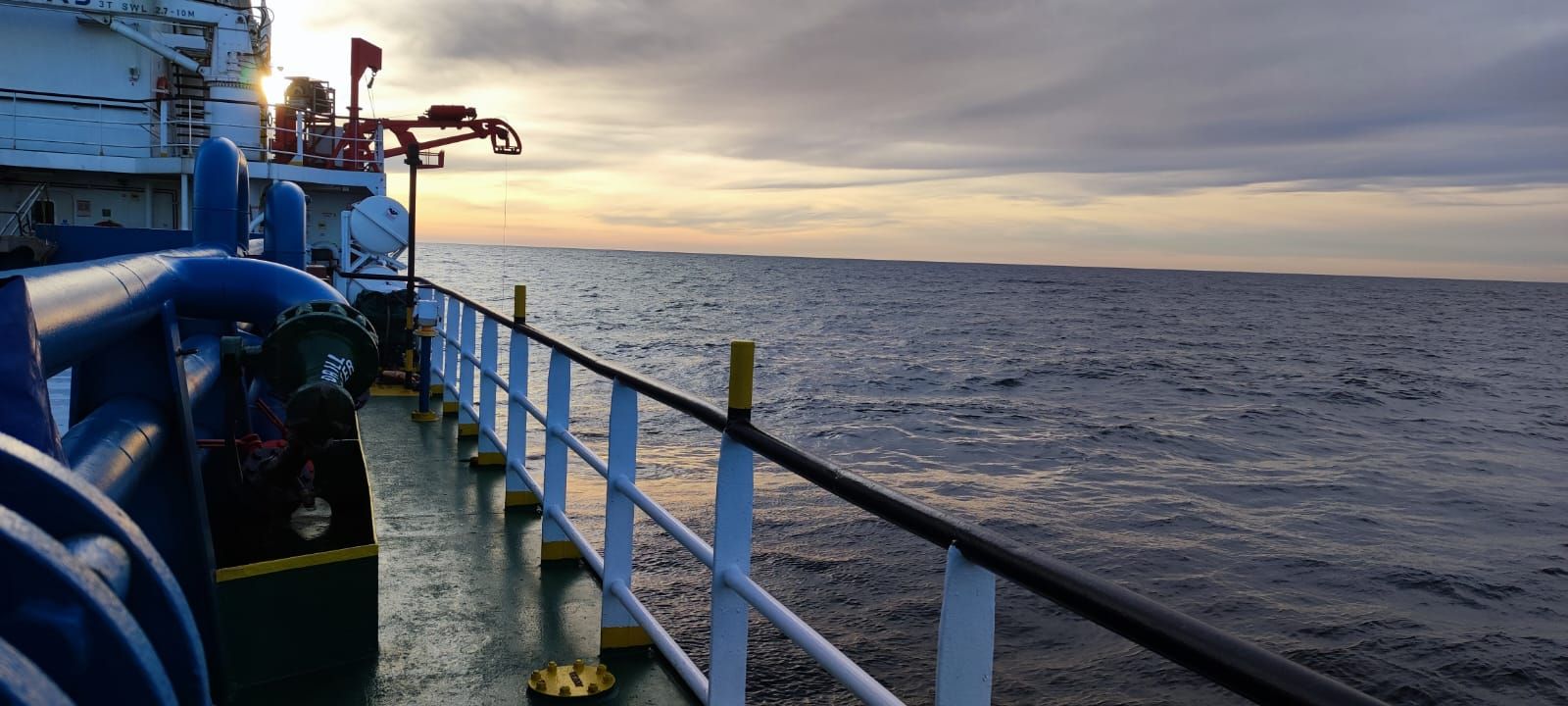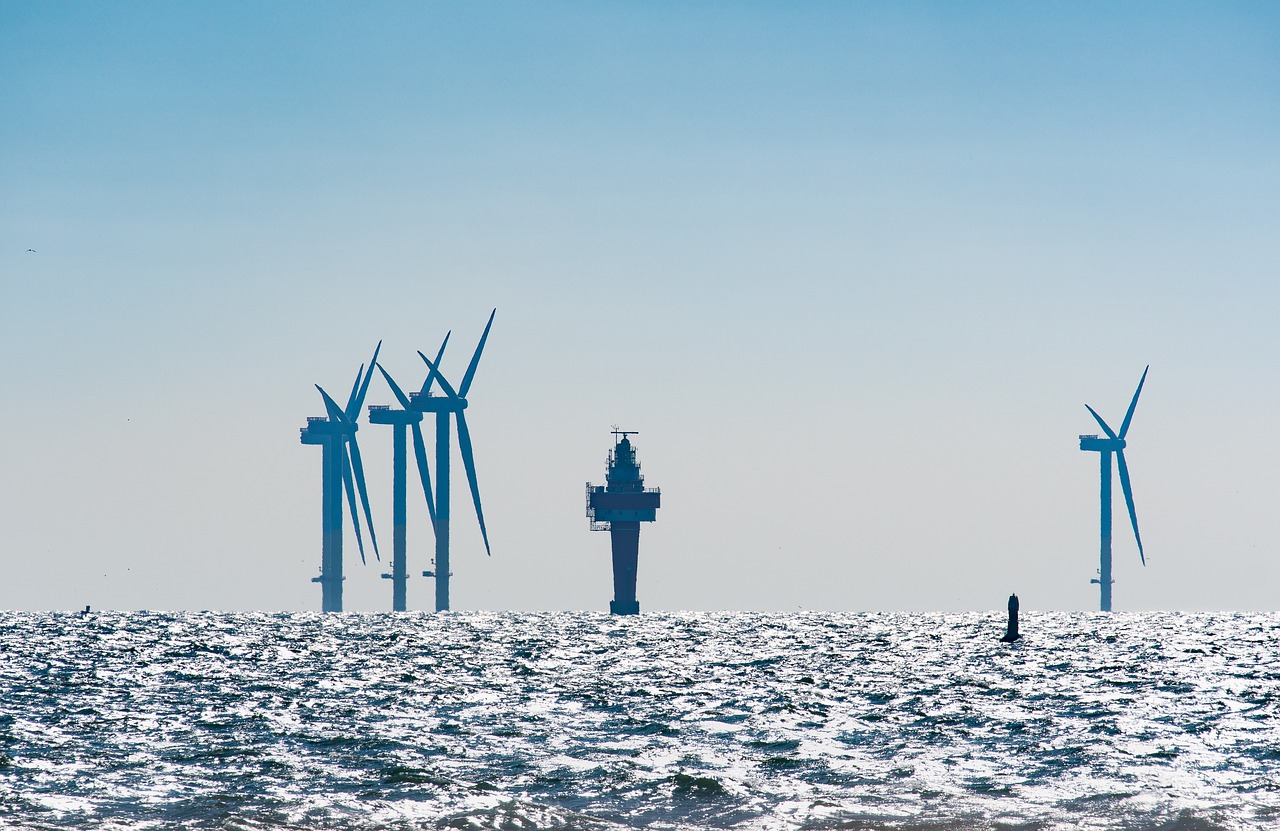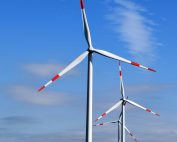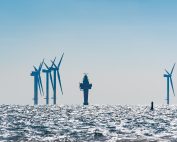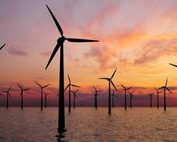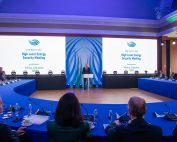Kids need comparisons from their own point of view to understand complex topics. The children’s book “Wind Energy for kids” by Thomas Simons uses sizes and comparisons with everyday objects to explain the basics of wind power to children starting from pre-school age.
At the beginning, Thomas Simons tried to answer the questions of his older daughter: How does a wind turbine work? Why do wind turbines have such huge towers? How many wind turbines are there?
“A few months ago I would never have thought that this would become a children’s book,” says the natural scientist, who himself works in the field of public research funding for wind energy. The first sketches, intended for his daughters, also met with great interest among the children of colleagues. In spring 2020, there was a whole book published in Germany. The first edition was written in German, in 2022 it was followed by an English edition and very recently by a Polish edition. Each new edition is not just a simple translation, furthermore each edition has content, which is specially developed for the corresponding country.
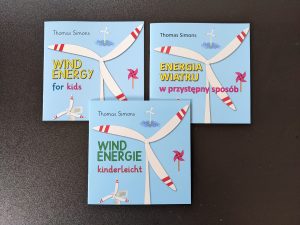
The book “Windenergie kinderleicht” (original German title) explains the topic of wind power in a factual but very easy to understanding way. Starting from a children’s garden-windmill, as all little ones probably know, the arc is drawn to modern wind turbines. Especially the comparison of wind turbines with everyday sizes establishes a connection to the children’s world of knowledge. Did you know that there are as many wind turbines in Europe as there are rice grains in 3 kilograms of rice?
One of the author’s main concerns is to convey the topic without judgement or moralising. The children should be able to find their own conclusions about wind power. “Children should also be trusted to evaluate facts. Provided they have good information, even younger children can make very good judgements about supposedly difficult topics,” says the father of two curious girls. Thomas Simons is convinced that his book can make an important contribution to increasing the acceptance of wind energy by providing factual and technically accurate information already at kindergarten age.
Thomas Simons, Spica Verlag


